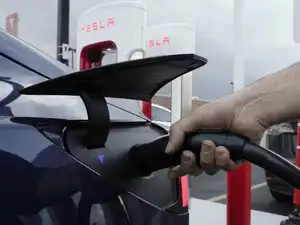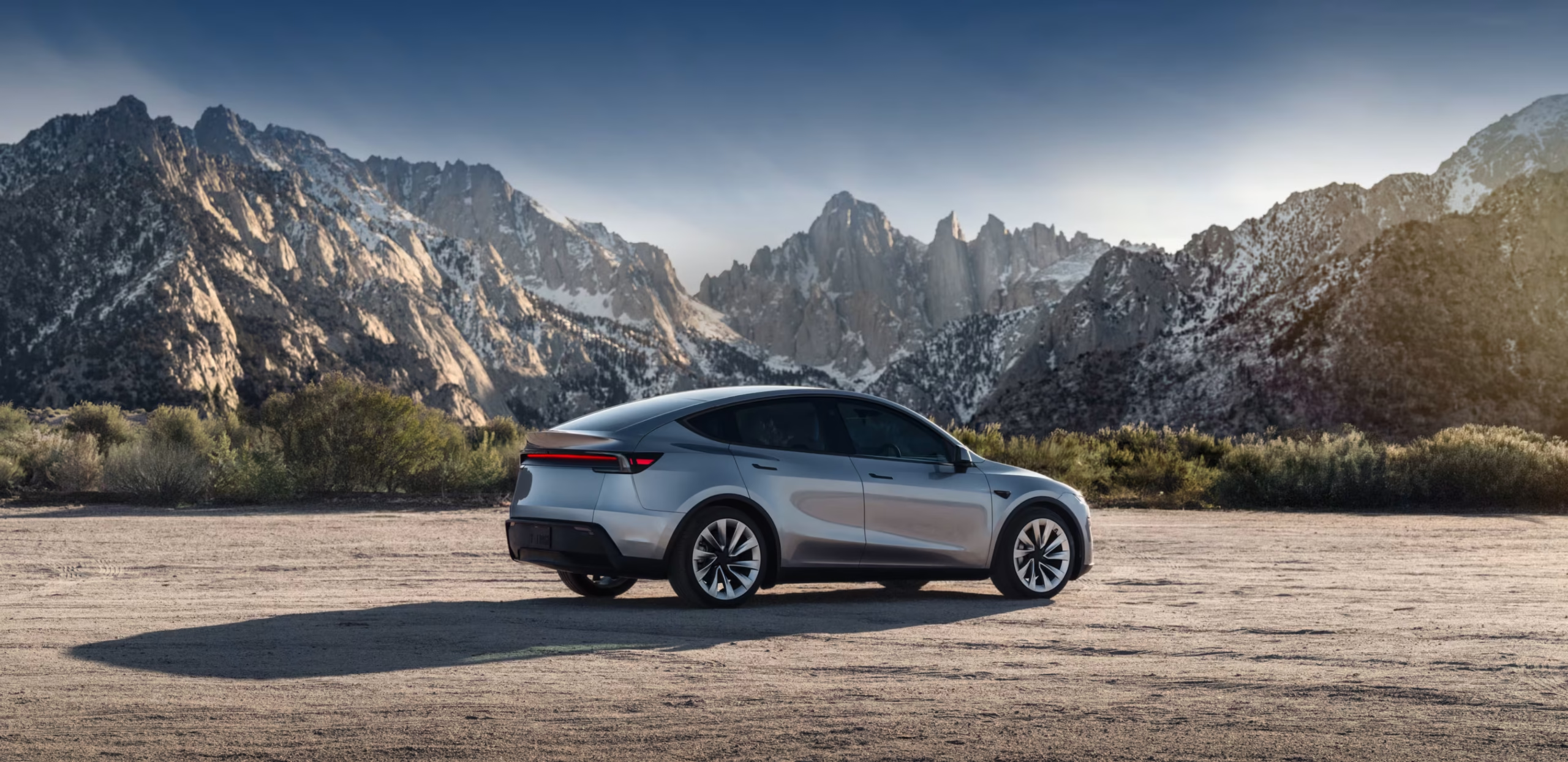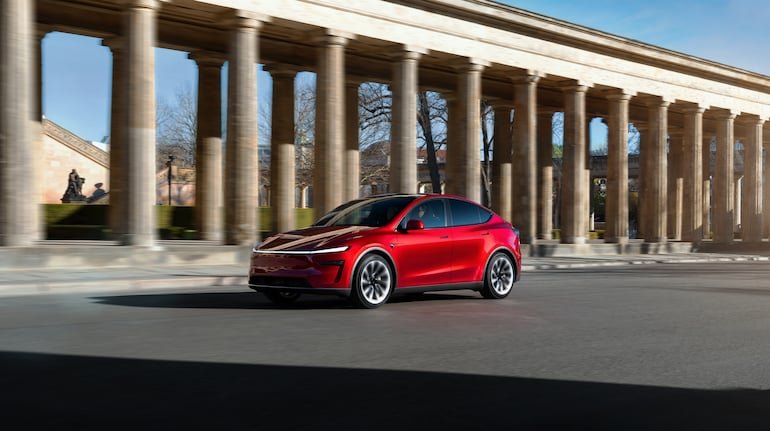India is on track to emerge as the fourth-largest electric car manufacturer in the world by 2030, trailing only China, the United States, and Europe. This projection comes from a recent report by the Rhodium Group, which highlights India’s rapidly expanding electric vehicle (EV) manufacturing capacity and its growing importance in the global clean energy transition.
According to the Global Clean Investment Monitor by Rhodium Group, India’s electric four-wheeler production capacity is expected to grow more than tenfold by the end of this decade. From around 200,000 units annually in 2023, the country’s EV manufacturing output is projected to rise to 2.5 million units per year by 2030. This leap would place India ahead of Japan and South Korea, solidifying its position as a global EV manufacturing hub.
However, the report points out a significant challenge. While India’s EV production capacity is set to boom, domestic demand for electric cars may not keep pace. By 2030, the annual demand for electric four-wheelers in India is estimated to range between 0.4 million to 1.4 million units. This mismatch between capacity and demand suggests that India could face a surplus of up to 2.1 million units annually unless it establishes strong export markets.
China continues to dominate the electric car manufacturing space, with a projected annual production capacity of over 29 million units by 2030. The European Union and the United States are expected to reach 9 million and 6 million units respectively. India, with 2.5 million, would occupy the fourth position, driven largely by favorable policy incentives, import duties, and a strong focus on local manufacturing.
The Indian government has played a key role in supporting the electric vehicle ecosystem through various policy initiatives. Production-linked incentive (PLI) schemes and the FAME (Faster Adoption and Manufacturing of Electric Vehicles) program have encouraged investments in EV and battery manufacturing. High import duties of up to 100 percent on fully built electric cars have also protected domestic players and promoted local assembly.
India is also aiming to reduce dependence on China for key EV components such as lithium-ion batteries, magnets, and rare earths. However, challenges remain. China’s tightening control over the export of critical raw materials has already impacted Indian manufacturers. For instance, Maruti Suzuki recently had to revise its electric vehicle production targets downward due to supply chain disruptions linked to rare earth shortages.
To address this, India is exploring strategies to develop a domestic supply chain for rare earths and magnets. The government is working on incentive schemes to boost local production, while also identifying potential rare earth reserves within the country. However, experts caution that building a fully self-reliant supply chain will take several years and require significant investment.
Despite the hurdles, India’s electric vehicle market is steadily gaining momentum. The country aims to achieve 30 percent EV penetration in the passenger vehicle segment by 2030, up from just 2 percent in 2024. Tata Motors, Mahindra, and MG Motors currently dominate the Indian EV market, collectively holding over 90 percent share. International players such as Tesla, BYD, VinFast, and Foxconn have also shown interest in the Indian market, further boosting its global EV ambitions.
The Rhodium report also notes that India is poised to become the world’s largest producer of battery modules outside China, the United States, and Europe. This aligns with India’s broader goal of building a complete EV ecosystem—from raw materials and battery production to vehicle assembly and infrastructure.
In conclusion, India’s rise as the fourth-largest electric car manufacturer by 2030 reflects a strategic push toward clean mobility and self-reliance. However, converting this manufacturing strength into long-term global competitiveness will require addressing cost pressures, building resilient supply chains, and tapping into international markets. If these hurdles are overcome, India could not only electrify its own roads but also become a significant exporter of affordable electric vehicles to the world.




